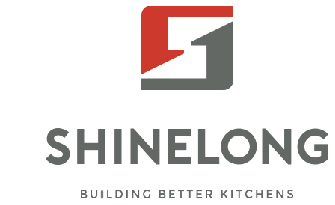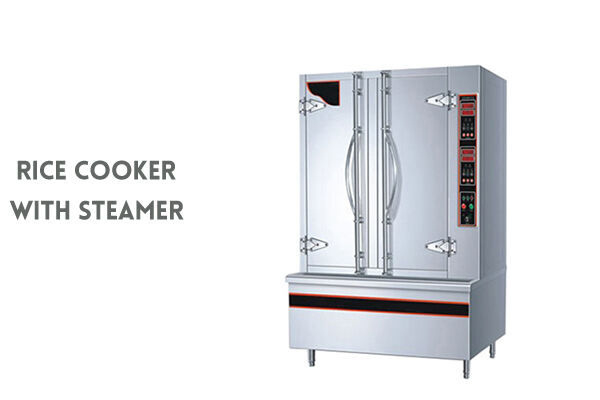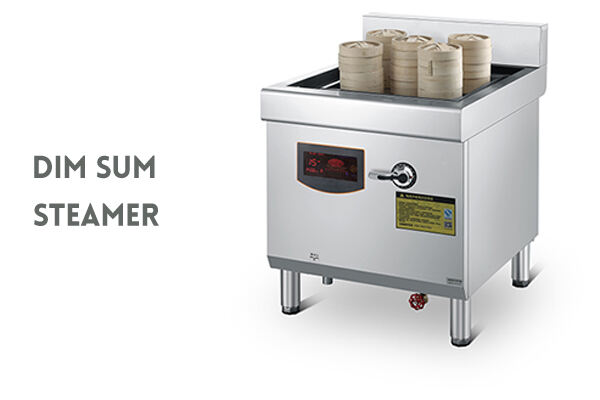News
Comprehensive Chinese Cooking Equipment Buying Guide
Equipping a commercial kitchen for Chinese cuisine isn’t just about tools—it’s about unlocking flavors, speed, and authenticity. Whether you’re stir-frying crispy pork or steaming delicate dumplings, the right Chinese cooking equipment can make or break your menu. In this guide, we’ll explore top-rated appliances like Wok Stations and rice cookers with steamers, while sharing actionable tips to help you invest wisely.
Major Types of Chinese Cooking Equipment
Wok Station
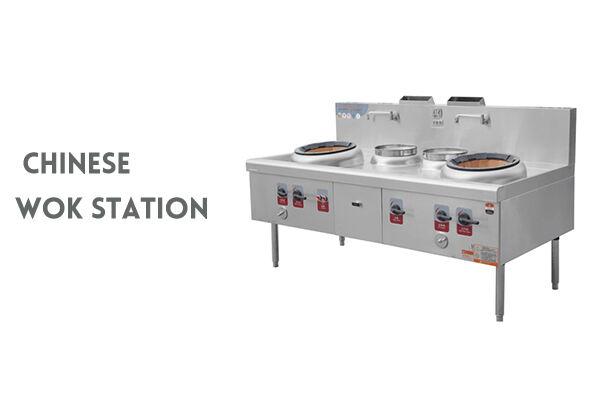
A Wok Station is the heartbeat of any Chinese kitchen. Combining a high-powered burner (like a Chinese wok burner) with built-in ventilation, it lets chefs achieve wok hei—the smoky essence of stir-fries—while keeping air clean. Perfect for bustling restaurants, it handles everything from kung pao chicken to vegetable lo mein. Look for models with tiltable woks for easy tossing and stainless steel surfaces for quick cleanup.
Chinese Wok Stove
The Chinese WOK Stove is a powerhouse designed for heavy-duty cooking. With burners reaching 150,000 BTU, it delivers instant high heat for searing meats or flash-frying noodles. Unlike standard electric stoves, its concave design centers flames under the wok, ensuring even cooking. Pair it with a carbon steel wok for dishes like black pepper beef or quick-fried pork.
Rice Cooker with Steamer
A Commercial Rice Cooker with a stacked rice steamer is a multitasking marvel. Cook jasmine rice to perfection while steaming fish, dumplings, or bok choy above—ideal for dim sum menus. High-end models feature programmable timers and moisture sensors, guaranteeing fluffy rice and tender proteins every time.
Induction Wok Burner
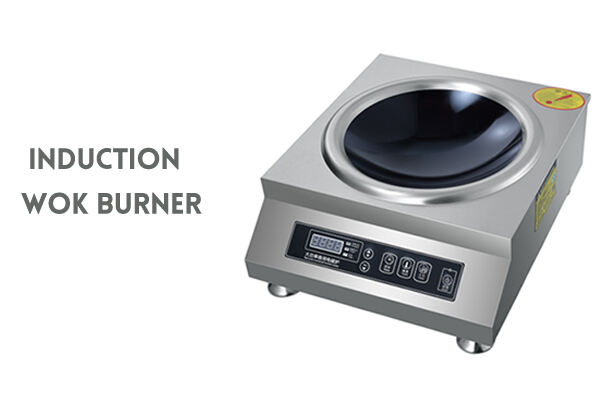
For kitchens prioritizing safety and energy efficiency, the induction wok burner is a game-changer. It heats faster than gas, offers precise temperature control, and stays cool to the touch—perfect for family-style tofu stir-fries or saucy mapo tofu. Plus, its flat surface simplifies cleaning after busy shifts.
Dim Sum Steamer
No dim sum service is complete without a commercial-grade dim sum steamer. These multi-tiered stainless steel units steam dumplings, buns, and vegetables simultaneously. Opt for models with transparent lids to monitor cooking progress without losing heat.
Key Considerations When Buying Chinese Cooking Equipment
Menu Requirements
Your equipment should align with your menu’s complexity. A restaurant specializing in stir-fries needs a Chinese Wok Stove with ultra-high BTU, while a dim sum spot requires large-capacity steamers. If offering both, prioritize modular cooking equipment in kitchen layouts that adapt to diverse dishes.
Power Source Compatibility
Gas-powered Chinese wok burners deliver unmatched heat but require proper gas lines. Conversely, induction wok cookers need 240V electrical outlets. Always verify your kitchen’s infrastructure before purchasing—retrofitting mid-project can blow budgets.
Ventilation Needs
High-heat cooking generates smoke and grease. Install hoods with at least 1,500 CFM airflow for Wok Stations to maintain air quality. For smaller setups, ductless induction burners reduce ventilation demands.
Available Kitchen Space
Measure your kitchen footprint carefully. Compact commercial kitchen cooking equipment like stacked rice cookers or wall-mounted steamers, maximizes tight spaces. For open kitchens, sleek induction wok burners double as customer-facing showpieces.
Choosing the Right Equipment for Your Commercial Kitchen
Investing in Chinese cooking equipment isn’t just about buying appliances—it’s about building a system. Start by auditing your menu’s core dishes and peak-hour demands. For example, a rice cooker with steamer saves time during lunch rushes, while a Wok Station keeps dinner service flowing.
Don’t overlook partnerships with reputable Chinese cooking equipment manufacturers. Brands like Shinelong offer NSF-certified tools backed by warranties, ensuring durability even in 24/7 operations. Need help designing your kitchen layout? Our experts can match you with gear that fits your space, budget, and culinary vision.
FAQs
Q: Do induction cooktops get hot enough to effectively stir-fry?
A: As a chef, I've found induction cooktops heat up quickly and offer precise temperature control. They might not reach the extreme heat of gas, but they're more than sufficient for consistent stir-frying and help maintain kitchen safety.
Q: How to season a wok if only using an electric wok stove?
A: Heat the wok, add a thin layer of oil, and spread it evenly. Repeat this process 3-4 times. It takes a bit longer than gas, but it works just fine for building that non-stick surface.
Q: What's better for commercial cooking, gas or induction hobs?
A: In my kitchen, we use both. Gas gives that instant high heat, great for wok hei, while induction offers energy efficiency and easier cleanup. The choice really depends on your menu and kitchen setup.
Q: Is it possible to fry or deep fry on induction wok burners?
A: Absolutely. Induction wok burners can reach the temperatures needed for frying and deep-frying. Just make sure your wok is compatible and you preheat it properly before adding oil.
Q: Why do chefs prefer gas stoves?
A: Many chefs I know prefer gas for the immediate heat control and the ability to toss woks freely. It's a traditional choice that offers versatility, especially for high-heat cooking techniques.
Q: How to choose the right Chinese cooking equipment for your commercial kitchen?
A: Start with your menu. Consider what dishes you'll be making most. Then look at your kitchen space, power options, and ventilation. Talk to equipment manufacturers and get models that fit your specific needs and workflow.
 After-Sales:
After-Sales:
 EN
EN
 AR
AR
 HR
HR
 NL
NL
 FI
FI
 FR
FR
 DE
DE
 EL
EL
 HI
HI
 IT
IT
 PT
PT
 RO
RO
 RU
RU
 ES
ES
 TL
TL
 ID
ID
 SL
SL
 VI
VI
 ET
ET
 MT
MT
 TH
TH
 FA
FA
 AF
AF
 MS
MS
 IS
IS
 MK
MK
 HY
HY
 AZ
AZ
 KA
KA
 UR
UR
 BN
BN
 BS
BS
 KM
KM
 LO
LO
 LA
LA
 MN
MN
 NE
NE
 MY
MY
 UZ
UZ
 KU
KU
